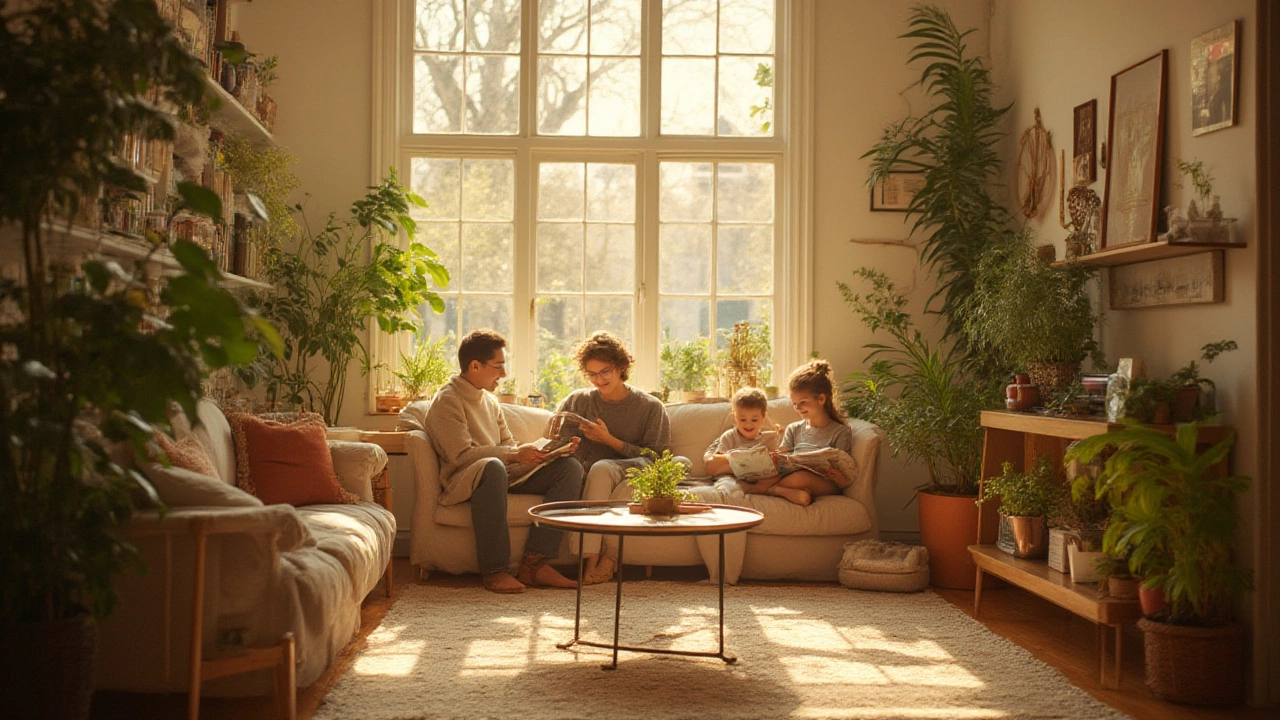Daylight Bulbs: Bright Light Made Simple
Ever walked into a room and felt the light was flat or yellow‑ish? A daylight bulb can fix that in seconds. These bulbs mimic natural sunlight, so colors look true and spaces feel wider. The best part? Modern LED daylight bulbs use little power, saving you money while keeping your home well‑lit.
What Makes a Bulb ‘Daylight’?
Daylight bulbs are defined by their colour temperature, measured in Kelvin. Anything between 5,000K and 6,500K falls in the daylight range, giving a crisp, white‑blue glow. Unlike warm‑white bulbs (2,700K‑3,000K) that feel cozy, daylight bulbs are perfect for task areas where you need focus – kitchens, home offices, and bathrooms.
Today most daylight bulbs are LED. They last 15‑25 years, use up to 80% less electricity than older halogen or incandescent versions, and don’t get hot to the touch. When shopping, look for the label “Daylight” or the colour temperature number to be sure you’re getting the right vibe.
How to Pick the Right Daylight Bulb for Your Home
Start with the socket type. The common sizes are E27 (standard UK mains) and GU10 (spotlights). If you have dimmer switches, choose bulbs that are dimmable – not all LEDs work with every dimmer, so check the packaging.
Next, think about brightness. Light output is measured in lumens; a 60 W incandescent equivalent needs about 800‑850 lumens. For a kitchen counter, aim for 1,000 lumens per bulb; for a hallway, 600‑700 lumens is enough.
Energy rating matters too. Look for the “A‑rated” or “A+” label. The higher the rating, the less power the bulb draws for the same brightness. Pair that with a long warranty – most reputable brands offer 3‑5‑year guarantees.
Installation is a breeze. Turn off the switch, unscrew the old bulb, and screw in the new LED daylight bulb. If you’re swapping a halogen downlight, you might need a compatible LED retrofit kit – these are cheap and keep the fixture looking tidy.
For bathrooms, remember the IP rating. An IP44 rating means the bulb is protected against splashing water, which is ideal for vanity lights. Avoid using non‑rated bulbs near showers to stay safe.
Want to cut glare? Choose bulbs with a diffuser or a frosted cover. These spread light evenly and reduce harsh shadows, making reading or applying makeup easier.
Finally, don’t overdo it. Too many daylight bulbs in a bedroom can feel clinical and disrupt sleep. Stick to warm‑white bulbs there, and reserve daylight bulbs for areas where you need clarity.
Switching to daylight LEDs is a small change with big payoff: sharper colours, lower bills, and a more modern look. Grab a few, test them out, and see how natural light can transform your home today.
Lighting That Mimics Natural Light: Best Options for Home and Workspaces
- Gavin Whitaker
- |
- |
- 0
Wondering which lighting looks and feels most like real sunlight? Discover the best options for mimicking natural light indoors and find tips to brighten any space.
View more